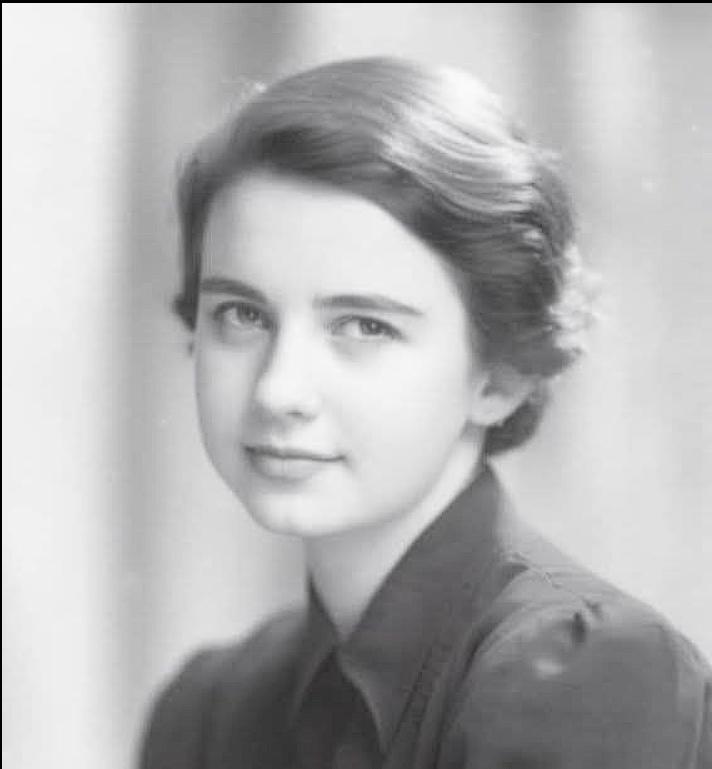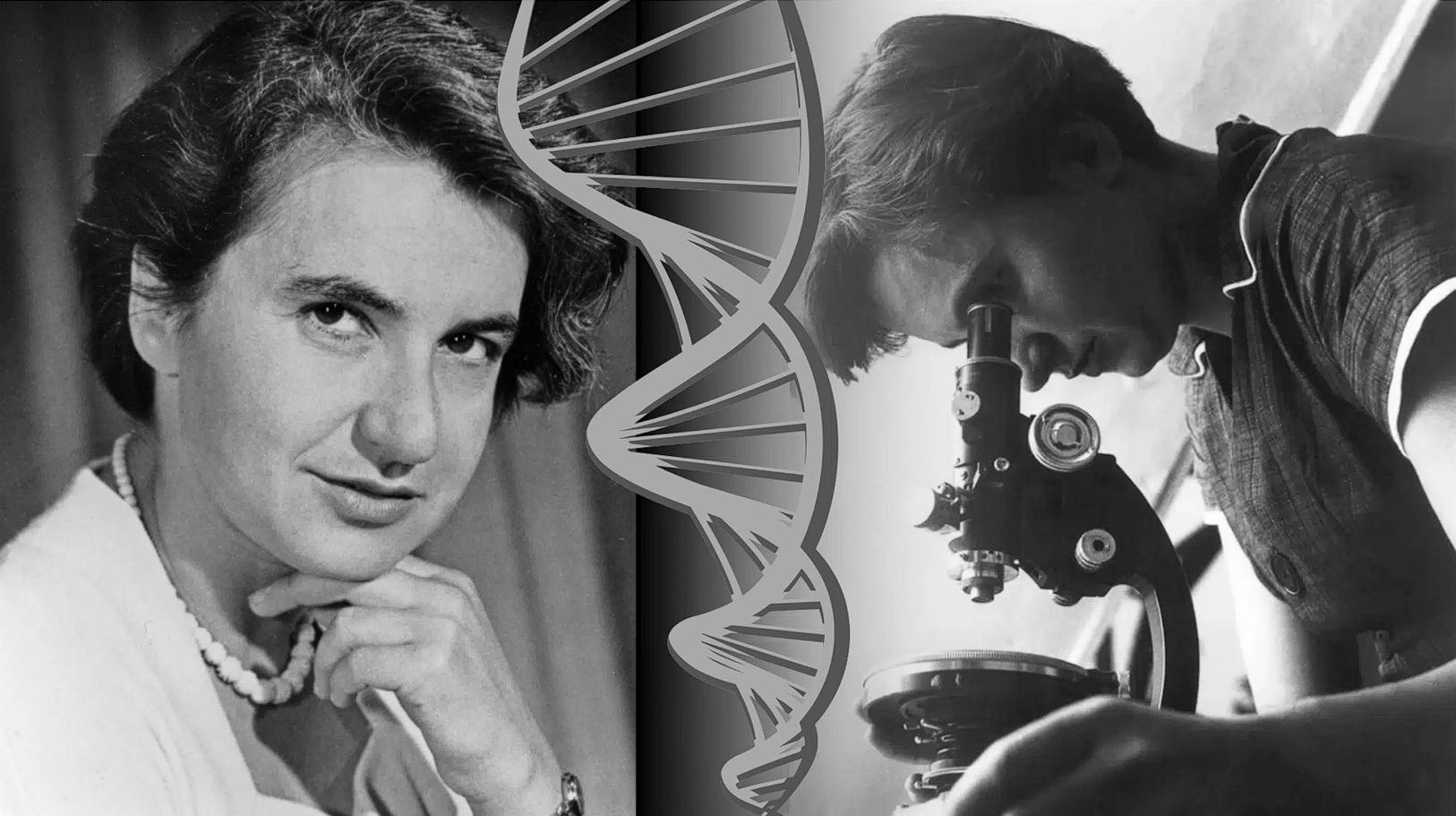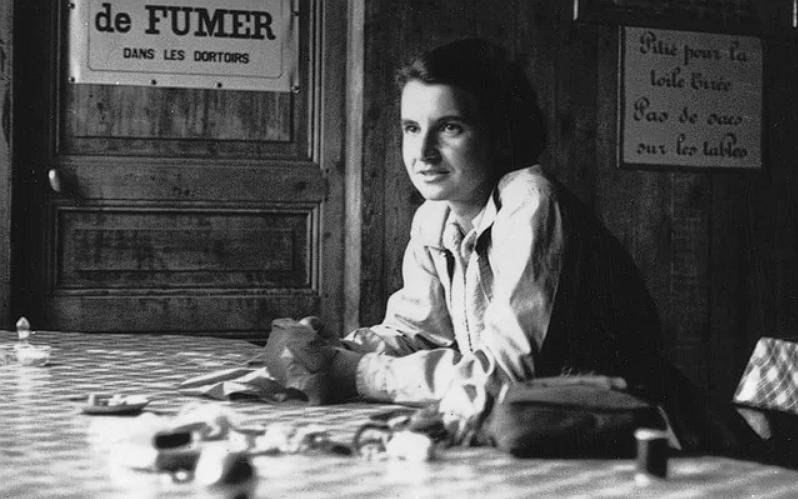The Girl Who Chose Logic Over Dolls
In a quiet London household in the 1920s, while other girls played with dolls and dreamed of fairy tales, one girl was already thinking like a scientist. Rosalind Franklin, born into privilege but driven by purpose, was logical, unyielding, and fiercely intelligent from the start.
She grew up in a family of three brothers and made it her mission to prove she could match them stride for stride. There’s a story that speaks volumes about her character: once, with a sewing needle embedded deep in her knee, she walked herself to the hospital without a single complaint.
By fifteen, she had already decided what she wanted to become—not a wife, not a debutante, but a scientist.
Early Ambitions and the Fight for Education
A Family Divided
When Rosalind was accepted into Cambridge, her father refused to pay. He believed, like many of his era, that higher education was wasted on women. But Rosalind wasn’t alone in her fight—her mother and aunt stood by her, challenging the patriarchy within their own family. In the end, her father gave in.
Cambridge and Beyond
At Cambridge, she flourished, applying her precise mind to the world of physical chemistry. Her commitment went beyond academics—she wanted to change how things worked, from the inside out.
War and Coal Dust
During World War II, she joined the British Coal Utilization Research Association. Through air raids and blackouts, she cycled to her lab. By 26, she had already earned her PhD with groundbreaking work on the structure of coal—her first major scientific contribution.
The Woman Behind the Lens
Mastering X-ray Crystallography
To deepen her knowledge, Rosalind traveled to Paris to master X-ray crystallography—a technique that revealed the atomic structure of matter. She returned to England with a new mission: to photograph the very fabric of life.
The DNA Breakthrough
At King’s College London, she turned her lens on DNA. The images she produced—especially the now-famous “Photograph 51”—were among the clearest, most detailed pictures of DNA ever taken. Her work laid the foundation for what would become the most celebrated scientific discovery of the 20th century.
A Discovery Without Credit
But history didn’t favor her. Without her knowledge, her images were shared with Watson and Crick, who used them to construct their model of DNA’s double helix. When they won the Nobel Prize in 1962, Rosalind’s name was barely mentioned.
A Life of Purpose and Quiet Power
Love for Solitude and Science
Rosalind never married, once stating she couldn’t bear to have children raised by someone else while she worked. Her world was science, and she gave herself to it completely.
Final Years and Lasting Work
Even as ovarian cancer slowly took her life, she never stopped working. She shifted her focus to the structure of viruses, continuing to produce exceptional research until her final days. She died at just 37 years old.
A Legacy Reclaimed
Though overlooked in her lifetime, Rosalind Franklin’s legacy has grown. Today, she is remembered not just as a brilliant scientist, but as a woman who challenged the norms of her time, broke through barriers, and helped reveal the very code of life.
The Woman Who Saw the Invisible
Rosalind Franklin’s life is more than a cautionary tale about stolen credit. It is a story of clarity, courage, and brilliance—a reminder that the greatest breakthroughs often come from those working quietly in the background. Her name now echoes in the halls of science, not as an afterthought, but as a rightful pioneer.
